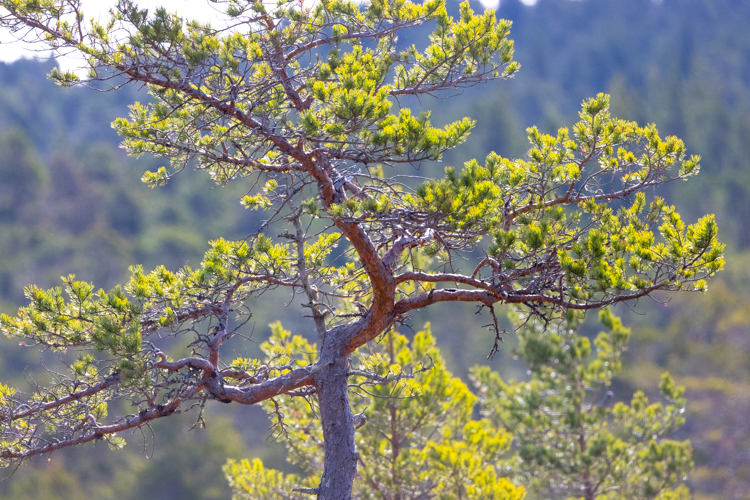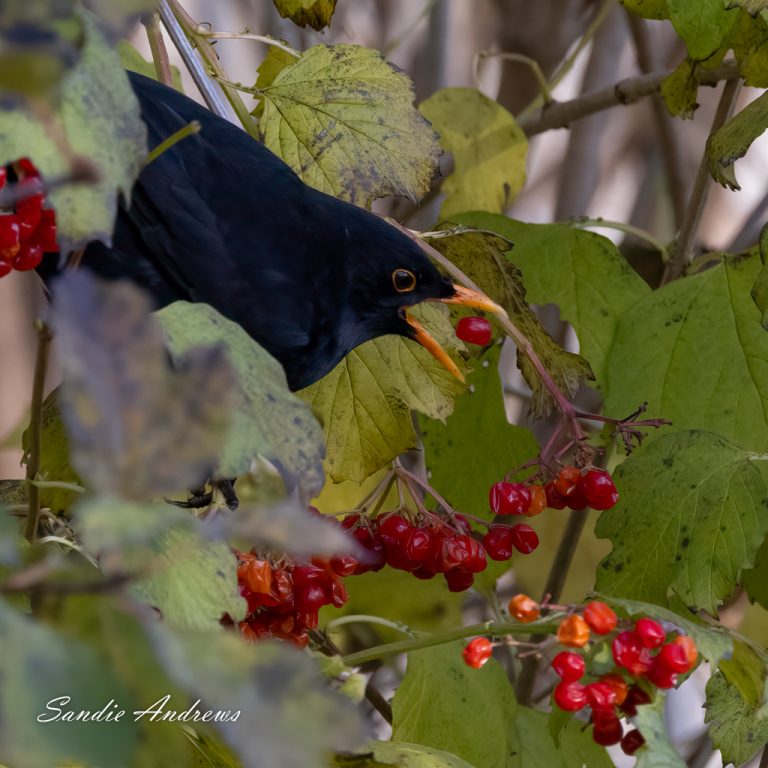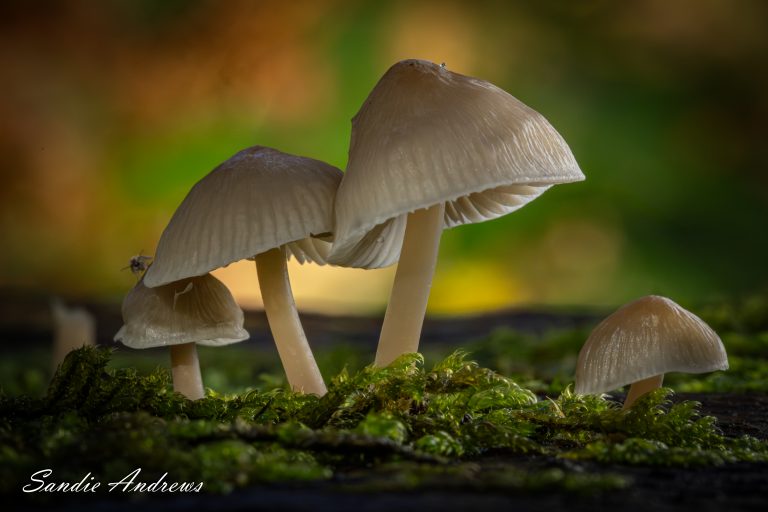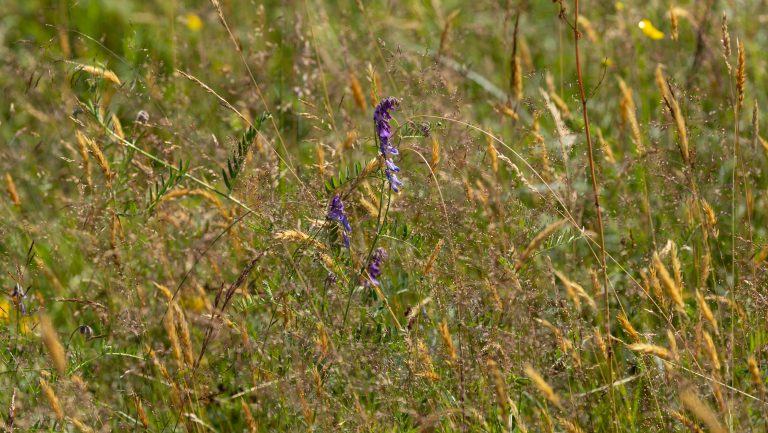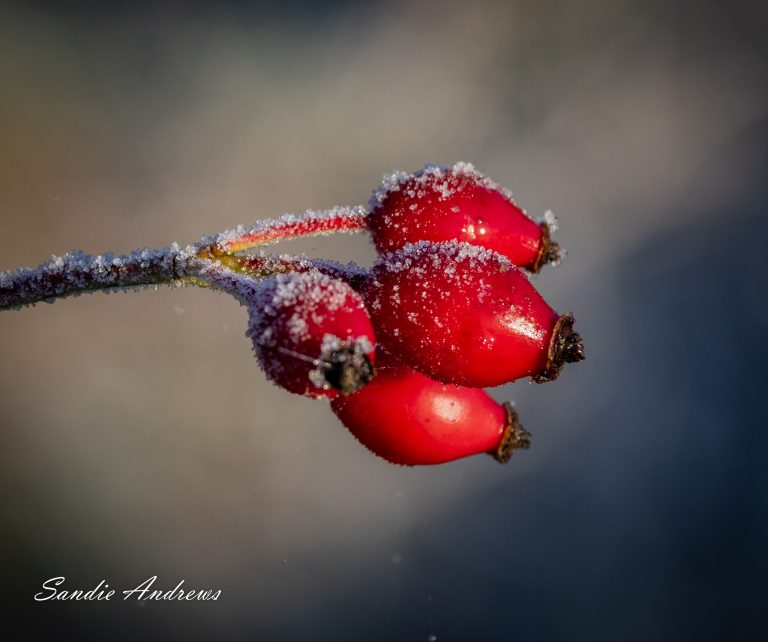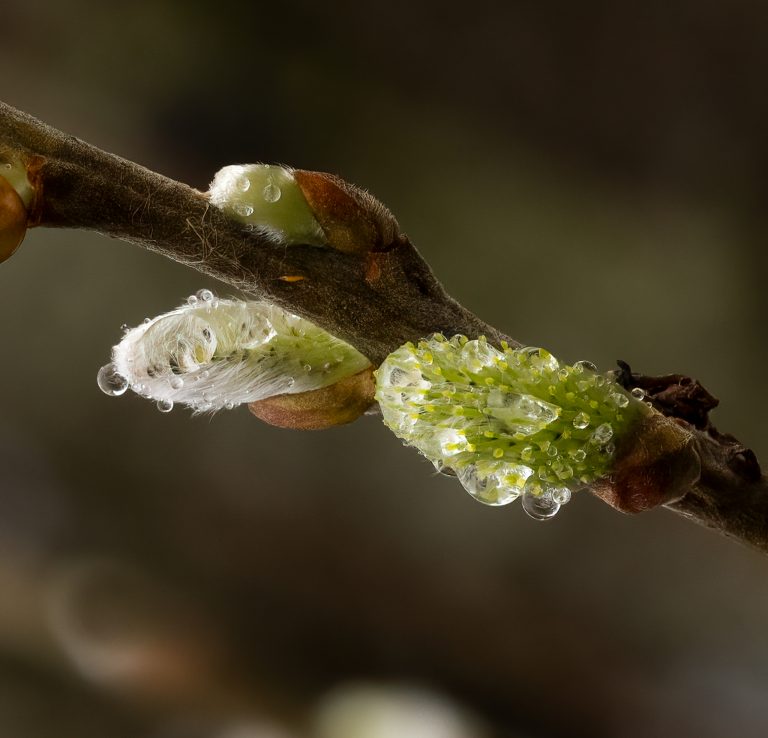Habitat

I agree that this may not appear to be the most interesting photograph to look at but photographs often have much more to say than you may think and what this photograph has to say is really important.
This is part of a wet grassland field which edges onto a loch on Orkney and the picture was taken at the start of the breeding season. Six weeks later the marsh irises were 4 feet higher and the other vegetation not quite so high.
So who worries about a scruffy bit of wetland?
The answer is that we all should because this is the breeding ground and nesting site for waders such as Redshank (you can just see one in the centre of the picture above), Snipe, Lapwing, Oystercatcher and Curlew. This is also the breeding ground and nesting site for other birds including Meadow Pipit. Fields such as these are being lost at a colossal rate and this loss of habitat is one of the reasons why the numbers of waders are declining.
I can tell you that in 2023 from this field at least 4 Lapwing nests were predated whilst 2 chicks hatched in two successful nests. One Curlew nest was predated and 1 successfully hatched with at least 3 chicks (possibly 4) all of which were probably predated. One Redshank nest hatched 4 chicks, two of which were later predated.
Below left is a photograph of a Curlew chick. . The photograph on the right is of a Lapwing chick. Both are on the red list.


This photograph is of a Lapwing fledgling taken at Loch Leven in July 2023. Sadly Lapwing is on the red list. It’s average lifespan is 4 years. There are usually 4 eggs in a brood and the productivity rate is expected to be 0.7 per nest. We can all do the math here – this means that it may take 3 years for 2 adult Lapwing to raise sufficient chicks to maintain their numbers.







